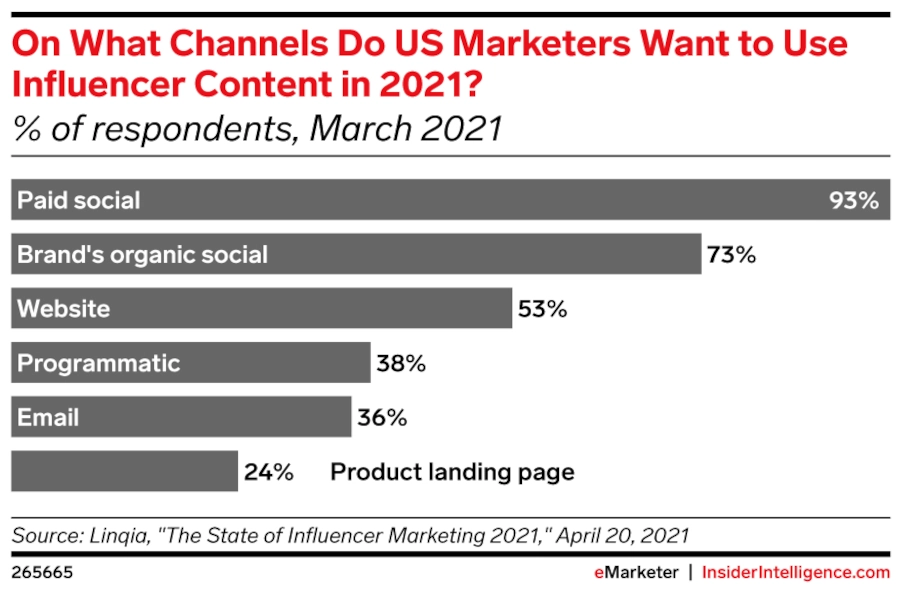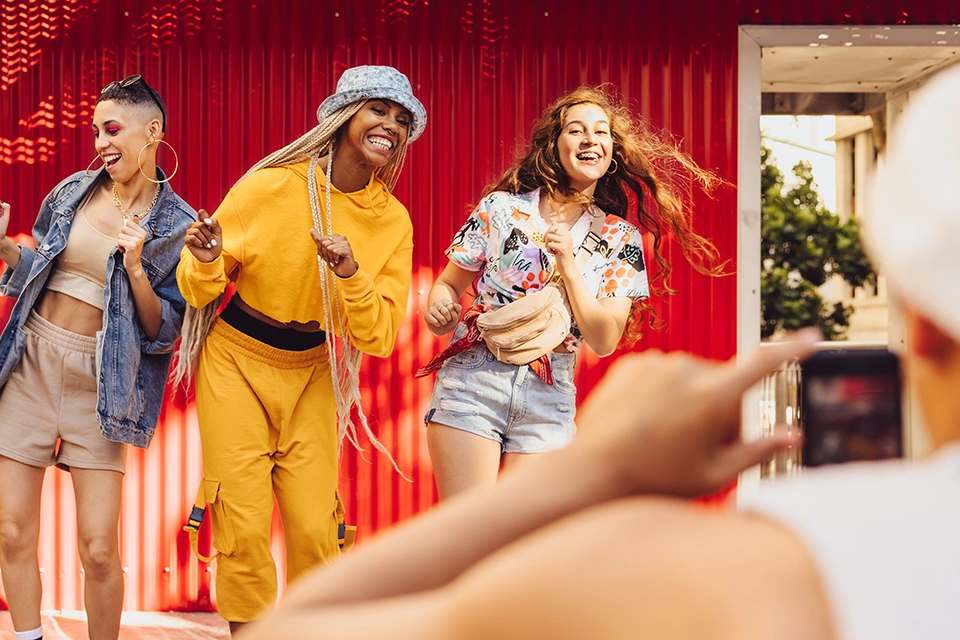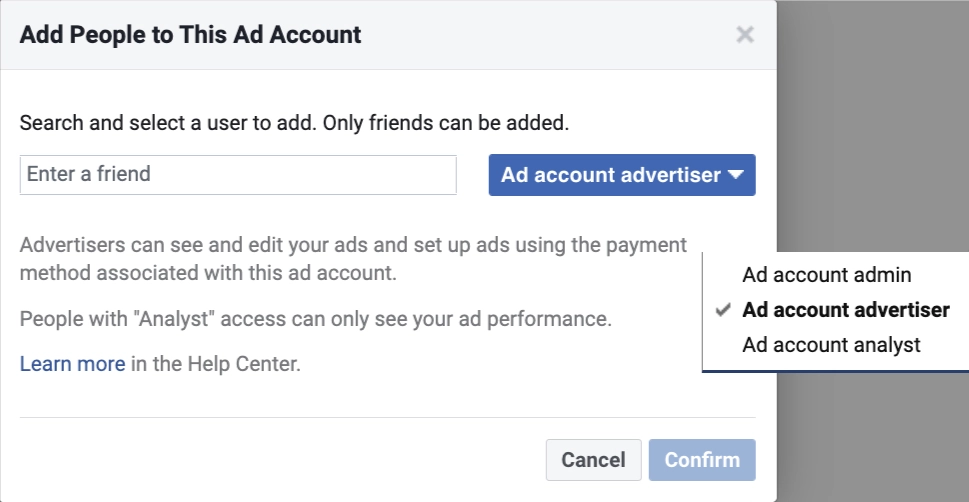Reading Time: 15 Minutes
Influencer marketing is a relatively young approach, and yet influencer content whitelisting is an even newer, more potent technique, further enhancing digital marketing ROI. But what is it exactly?

Influencer content whitelisting is a new intersection between the two worlds of organic and paid media. While creators posting organically on their social profiles gains momentum with consumers, paid social efforts can gather more data. Conversely, when paid ads seamlessly pinpoint the best consumers with relevant messaging and CTAs, influencers gain more creative margin to try new things.
Influencer content whitelisting occurs when an influencer grants a brand advertising permissions to their social media account.
Typically, influencer whitelisting is a mutually beneficial relationship for both the brand and influencer. With social ad targeting, brands can reach audiences that they know are responsive to branded content. Similarly, a brand’s social ad targeting exposes the influencer to a wider audience.
As a result, ecommerce brands increase their overall ROI on both influencer and digital ad campaigns. Additionally, influencers get more engaged followers. Results thus far are overwhelmingly positive.
Influencer whitelisting and allowlisting are just different names for the same thing. In fact, there are several terms for this technique, including:
As an industry, we’re shifting away from the term “whitelisting” as it’s not an inclusive term. Instead, GRIN and several other leaders in the creator economy are embracing “creator licensing.”
On Facebook and Instagram, creator licensing (influencer whitelisting) allows a brand to assume paid ad control of a creator’s Facebook Ads Manager account. Because Facebook Ads Manager oversees paid ads on Facebook and Instagram, creator posts become sponsored posts on either channel.
TikTok is also stepping up with creator licensing capabilities of their own. However, their process is a bit different than Meta’s, but we’ll get to that a bit later.
And while it’s not nearly as user-friendly, brands can still manually replicate the process on YouTube.
Since creator licensing is still quite new, it can be a bit complicated. It’s a good idea for both brands and influencers to understand some basic licensing concepts, terms, and definitions.
At present, licensing is nerve-racking for a lot of creators. Without trust, licensing relationships do not work. Both brands and creators need to feel safe enough to enter into this kind of partnership.
As brands become more skilled in creator relationship management, their ability to build trust with high-performing creators grows too. Similarly, as influencers gain more experience partnering with brands, they will feel more confident participating in a licensing campaign.

Social media creators post on their preferred channels—usually Instagram, YouTube, Facebook, Pinterest, LinkedIn, Twitch, or TikTok—and connect with audiences with similar interests, lifestyles, and values. These posts do not involve any ad spend and aren’t pay-per-click (PPC). Digital marketers refer to these posts as “organic” versus “paid” reach.
Paid social media includes any PPC advertising on social media channels. Most social channels and search engines allow brands to sponsor posts and target ads toward specific audiences.
When a creator partners with a brand on Instagram, the Branded Content Tool allows both parties to manage social posting. Typically, the creator manages their content on Instagram and adheres to the brand’s campaign guidelines.
If the creator agrees to licensing, a portion of the influencer marketing campaign transitions to Facebook Ads Manager to run paid ads.
Facebook Ads Manager is a business service for brands running ads on either Facebook or Instagram. When a creator partners with a brand for licensing, they grant the brand advertising permissions on Facebook Ads Manager to handle all paid (sponsored) posts.
When a TikTok creator partners with a brand for licensing, they have to enable “ad authorization” within their ad settings and generate a unique code for whichever video they and the brand agree upon. The brand can then use this code to set up and run its ad.
Brands must receive advertising, whitelisting, or licensing permissions from a creator before they can create and launch paid ads.

For the integrity of the brand-creator relationship, both parties should fully understand what granting permissions entails and consult an attorney on contractual details.
In social media, dark posts are pieces of promoted content that are not also shared organically. Whereas influencer content whitelisting involves repurposing pre-existing influencer content for paid reach, these dark posts do not show up on the influencer’s personal page.
The brand’s goal when licensing a creator is to use their audience data to target similar audiences. These new—yet identical—audiences are called LALs.
Both creator social posting and paid social ads can produce engagement from the audience. These may be comments, shares, or likes. Often, the volume and quality of engagement is a measure of a creator’s authenticity.
ROAS is a term referring to ROI from paid digital advertising. Return on ad spend measures revenue earned per $1 paid toward digital ads. Digital marketers frequently refer to ROAS when whitelisting influencer content on a brand’s behalf.
The legal phrase “in perpetuity” usually means “indefinitely.” In an influencer whitelisting agreement, brands may insist upon “rights to use content in perpetuity,” meaning that they wish to own the rights to some of the influencer’s content even after the paid social campaign ends.
Even though the “in perpetuity” phrase is common and generally accepted in influencer content whitelisting agreements, the influencer’s attorney or business manager should ensure as much specificity as possible. For example, the influencer may relinquish rights to specific images or posts included within a campaign period.
Increased whitelisting or licensing partnerships lend credibility to this hybrid of influencer and paid ad marketing. As key players work out the kinks in this new advertising approach, more and more brands and influencers will feel comfortable trying this technique and reap the benefits.
An ongoing pain point for digital ad managers is composing compelling content. Brands often spend big dollars on messaging, images, videos, etc., that may (or may not) appeal to targeted audiences.
However, influencer content offers enticing engagement metrics for aligned audiences. By entering into influencer content whitelisting agreements, brands can lower their overall ad spend and production budget while simultaneously increasing paid results. Additional licensing benefits for brands include (but are not limited to):
To date, most publicized benefits regarding influencer whitelisting appear to give advertisers the advantage. However, that assumption is far from accurate.
Influencers stand to gain a substantial boost in engagement and grow their follower counts after a successful licensing campaign. Additionally, influencers enjoy:
Influencer whitelisting isn’t all “rainbows and butterflies.” Brands and creators must pay careful attention to even the smallest details when collaborating on licensing campaigns.
Without an exhaustive contract with a creator, brands risk violating copyright laws when running whitelisting campaigns. Other leading challenges for brands when running creator licensing campaigns include:
Often, influencers struggle to grant brands this level of control in a whitelisting arrangement. That’s not to say that most creators are against licensing. Rather, social posting is personal property, and a licensing contract relinquishes some of those ownership rights.
As such, among the more common challenges of licensing for creators are:
When it comes to influencer whitelisting best practices, sustainability should be a chief concern. Neither party should attempt to take advantage of the other. As such, here are a few pointers to ensure creator licensing success:
Influencer content whitelisting (creator licensing) unlocks new marketing opportunities for paid advertisers. As an offspring of the already lucrative influencer marketing space, brands can enhance impactful content with paid reach to larger, targeted audiences. Additionally, creator licensing lowers ad spend since repurposed content decreases the cost of ad creation.
As you look for ways to scale your influencer marketing strategy, consider whether creator licensing could enhance your efforts. One of your top-performing influencers might respond positively to a licensing proposition. Done well, the results are mutually beneficial.
Learn more about influencer marketing: Influencer Marketing 101
Our team keeps a finger on the pulse, so you’re always working with the latest information.